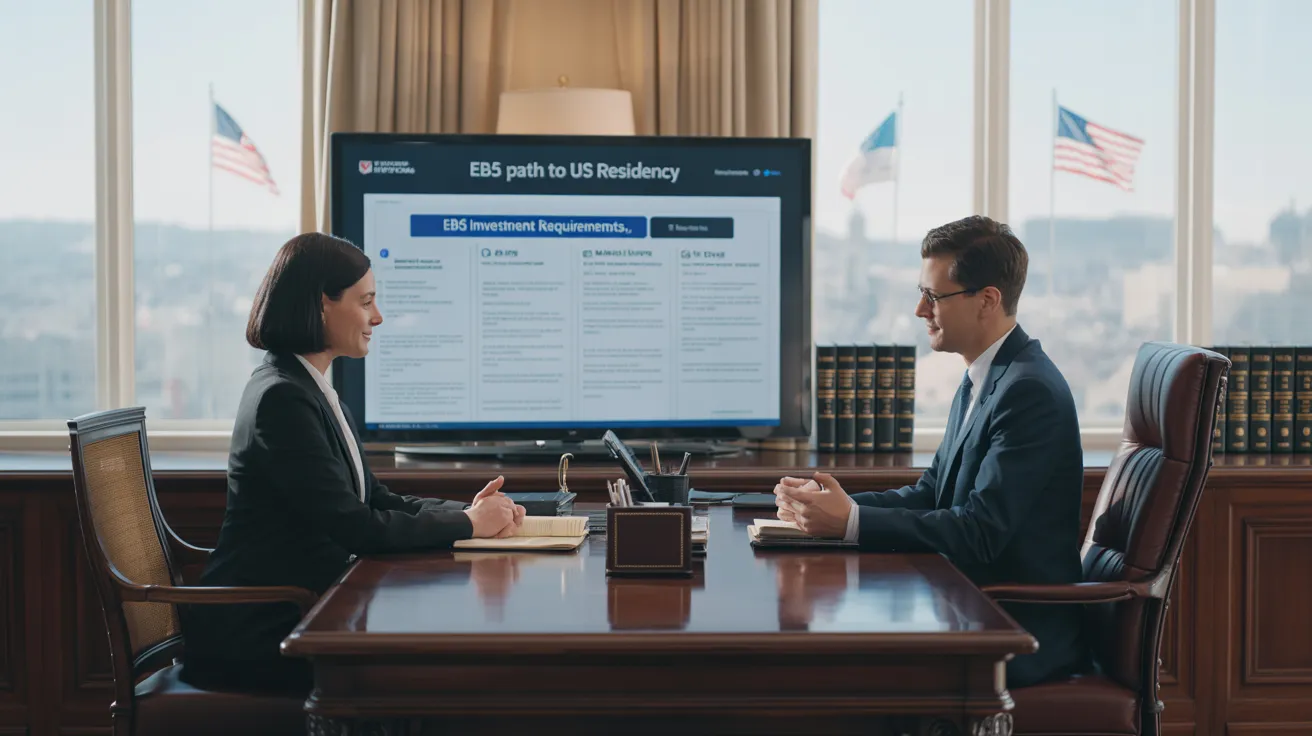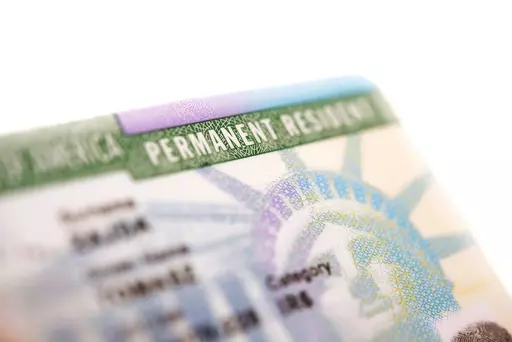The 20-Second Trick For L1 Visa
Table of ContentsThe 2-Minute Rule for L1 VisaAn Unbiased View of L1 VisaExamine This Report about L1 VisaL1 Visa Things To Know Before You Get ThisThe 7-Second Trick For L1 Visa5 Simple Techniques For L1 Visa
Offered from ProQuest Dissertations & Theses Worldwide; Social Scientific Research Costs Collection. (2074816399). (PDF). Congress. (PDF). DHS Workplace of the Inspector General. (PDF). (PDF). "Nonimmigrant Visa Statistics". Retrieved 2023-03-26. Division of Homeland Safety Office of the Examiner General, "Review of Vulnerabilities and Potential Abuses of the L-1 Visa Program," "A Mainframe-Size Visa Loophole".
U.S. Department of State. Gotten 2023-02-08. Tamen, Joan Fleischer (August 10, 2013).
The Only Guide to L1 Visa
In order to be eligible for the L-1 visa, the international company abroad where the Recipient was used and the United state business should have a certifying connection at the time of the transfer. The different types of certifying connections are: 1.
Instance 1: Firm A is included in France and employs the Beneficiary. Firm B is included in the united state and intends to petition the Recipient. Business An owns 100% of the shares of Company B.Company A is the Parent and Company B is a subsidiary. There is a qualifying relationship between the 2 business and Firm B need to be able to sponsor the Recipient.
Example 2: Business A is incorporated in the U - L1 Visa.S. and intends to request the Recipient. Firm B is included in Indonesia and employs the Beneficiary. Firm A possesses 40% of Firm B. The continuing to be 60% is owned and regulated by Company C, which has no relation to Firm A.Since Firm A and B do not have a parent-subsidiary relationship, Business A can not fund the Beneficiary for L-1.
Example 3: Business A is integrated in the united state and intends to request the Beneficiary. Firm B is included in Indonesia and utilizes the Recipient. Company A has 40% of Firm B. The continuing to be 60% is had by Business C, which has no relationship to Business A. Nevertheless, Company A, by formal contract, controls and full handles Business B.Since Business An owns much less than 50% of Company B yet takes care of and manages the company, there is a certifying parent-subsidiary connection and Business A can sponsor the Recipient for L-1.
Little Known Questions About L1 Visa.
Affiliate: An affiliate is 1 of 2 subsidiaries thar are both possessed and controlled by the very same moms and dad or individual, or owned and controlled by the exact same group of people, in essentially the very same proportions. a. Example 1: Company A is integrated in Ghana and utilizes the Recipient. Business B is incorporated in the U.S.
Company C, likewise integrated in Ghana, possesses 100% of Company A and 100% of read more Firm B.Therefore, Business A and Business B are "associates" or sister business and a qualifying partnership exists between both firms. Firm B must be able to sponsor the Beneficiary. b. Instance 2: Business A is included in the U.S.
Business A is 60% had by Mrs. Smith, 20% owned by Mr. Doe, and 20% owned by Ms. Brown. Business B is integrated in Colombia and currently employs the Beneficiary. Company B is 65% possessed by Mrs. Smith, 15% possessed by Mr. Doe, and 20% possessed by Ms. Brown. Company A and Business B are affiliates and have a certifying relationship in 2 different ways: Mrs.
The L-1 visa is an employment-based visa group established by Congress in 1970, allowing multinational companies to move their supervisors, execs, or key employees to their U.S. operations. It is typically referred to as the intracompany transferee visa.

Furthermore, the recipient must have functioned in a managerial, exec, or specialized employee setting for one year within the three years coming before the L-1A application in the international firm. For new office applications, foreign work needs to have been in a supervisory or executive ability if the recipient is coming to the United States to function as a supervisor or exec.
Some Known Incorrect Statements About L1 Visa

If approved for a united state firm functional for greater than one year, the preliminary L-1B visa is for up to three years and can be expanded for an added 2 years (L1 Visa). Conversely, if the united state business is freshly developed or has been operational for much less than one year, the first L-1B visa is provided for one year, with extensions available in two-year increments
The L-1 visa is an employment-based visa category established by Congress in 1970, enabling multinational firms to move their supervisors, executives, or crucial workers to their United state operations. It is generally referred to as the intracompany transferee visa.
7 Simple Techniques For L1 Visa
Additionally, the recipient should have functioned in a supervisory, executive, or specialized employee placement for one year within the three years coming before the L-1A application in the foreign firm. For new workplace applications, foreign employment has to have remained in a supervisory or L1 Visa law firm executive ability if the recipient is pertaining to the USA to function as a supervisor or exec.
for approximately seven years to manage the operations of the united state affiliate as an executive or manager. If issued for a united state company that has been operational for greater than one year, the L-1A visa is at first granted for as much as three years and can be prolonged in two-year increments.
If approved for a united state company operational for even more than one year, the initial L-1B visa is for as much as three years and can be extended for an extra 2 years. On the other hand, if the U.S. firm is freshly developed or has been operational for less than one year, the preliminary L-1B visa is issued for one year, with expansions available in two-year increments.